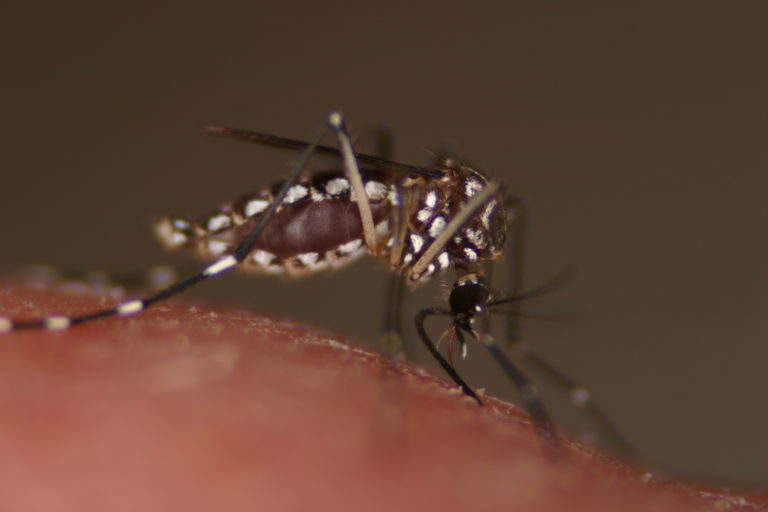Source: AgriLife Today | April 28, 2019

Homeowners beware, mosquitos are on the move.
Dr. Mike Merchant, Texas A&M AgriLife Extension Service entomologist, Dallas, said temperatures are now warm enough to begin seeing early season mosquitoes.
Merchant said recent rains created plenty of opportunities for mosquitoes to propagate, and homeowners should take preemptive measures to reduce populations within their neighborhoods.
“Now is a good time to dump out bird baths, unused fountains and other containers holding water in anticipation of later spring mosquitoes,” Merchant said. “Early mosquitoes don’t usually bring human diseases, but the bites itch just as much.”
Early mosquitoes may travel 10 miles or more in search of hosts, he said. These floodwater mosquitoes breed in puddles that form after spring rains.
Merchant said it’s difficult to predict the severity of mosquito hatches and possible threats from the airborne pest spreading diseases such as West Nile virus and Chikungunya. But the mild winter and recent spring rains are two factors that can lead to an earlier and more severe disease season beginning in June.
“The worst situation is when we have a wet spring followed by a dry, hot summer,” he said. “Dry conditions sound counter intuitive, but that’s what disease-carrying mosquitoes like best. When the rains go away, creeks and water in containers become stagnant and bacteria-laden—just the kind of water they like. Breeding sites for West Nile virus-carrying mosquitoes include bird baths, buckets, clogged gutters, tire swings, wheelbarrows or anything that holds rain or irrigation water.”
To learn more about mosquitoes and for a comprehensive look at preemptive control measures, visit https://mosquitosafari.tamu.edu/.
“The website covers everything from preventative control of breeding sites to repellents and what we know about the diseases mosquitoes carry,” he said.
